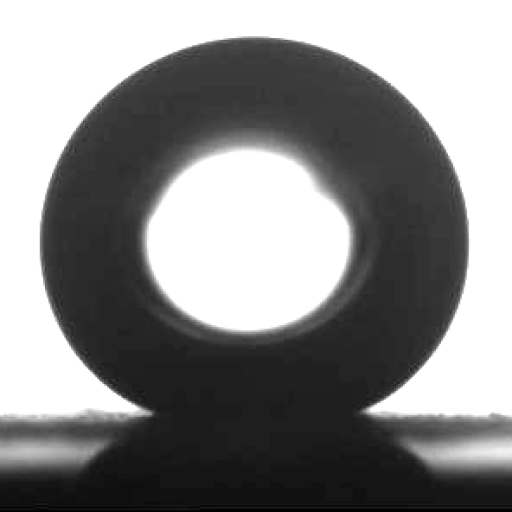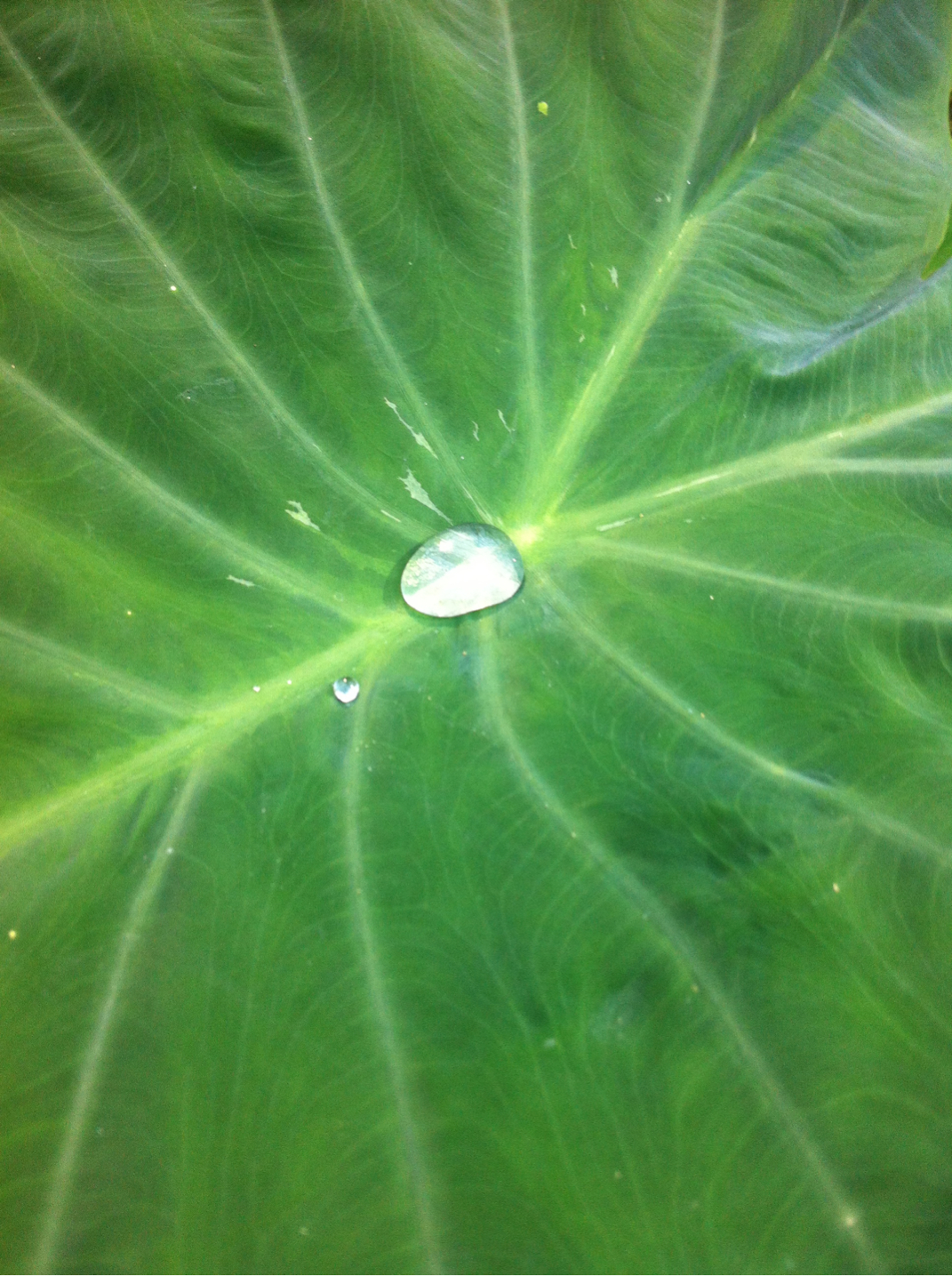
Adaptation of plants to water
A very large number of plants are superhydrophobic. The distribution and growth patterns are varied, so it is difficult to say why some plants are superhydrophobic and others are not, but there are advantages and disadvantages of this strategy of natural adaptation. The roughness required for superhydrophobicity costs energy to produce and scatters light, but this can be worth developing because leaves with a superhydrophobic surface remain free of dirt and water. Other possible benefits include maintaining contact with the atmosphere to respire (lichen), floating on water without internal buoyancy (e.g. Lotus, fungus), protection from snails (e.g. aquilegia) and collection of rainwater (e.g. euphorbia, Lady’s Mantle (alchemilla)).
Plants need roughness and a reasonable level of hydrophobicity to generate superhydrophobicity. This can be generated either through crystallisation of waxes or through plant hairs. The penalty for the plant, in addition to the cost of building the structures, is that the rough surface of the leaf is slightly grey, thus reflecting more light than a flat surface. This is because the structures on the leaves are not only on the nanometer scale, but also on the micrometer scale.
Hydrophobicity due to crystallisation of waxes
Anyone who has ever tries to wash a cabbage leaf will know that it is difficult because the water rolls off. This is an example of a surface that is hydrophobic due to crystallisation of waxes.
Waxes can crystallise to form roughness at different scales. This was exploited in one of the first papers on superhydrophobicity (Onda et al., 1996), but the shapes these can form are many and varied. Some plants use different mixtures of waxes forming different roughness shapes, suggesting that the effect has evolved separately in different plant groups. The growth of the structures on plants follows a similar pattern to that of the sol-gel foams described in the artificial surfaces section, although the waxes also use crystallisation to achieve more complex and varied set of structures.
Lotus Leaf
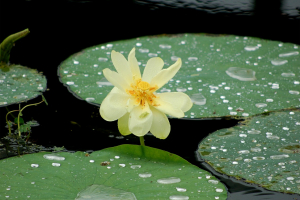
The lotus leaf is the ‘classic’ example of a superhydrophobic surface. Lotus leaves stay clean in muddy water because water droplets roll off their superhydrophobic surface taking the dirt with them. The term ‘lotus effect‘ is used to describe the self-cleaning properties of any surface that is related to superhydrophobicity. (Read more about self-cleaning materials here.)
The lotus leaf isn’t the only plant to use superhydrophobicity due to crystallisation of waxes. Some other examples are given below.
Cabbage
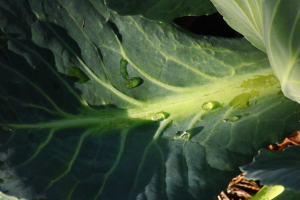
The cabbage family is a common group of plants whose leaves are superhydrophobic due to wax towers on their surfaces.
Mexican Hens plant
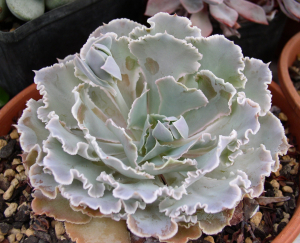
This common houseplant has a rough waxy coating that is superhydrophobic.
Columbine
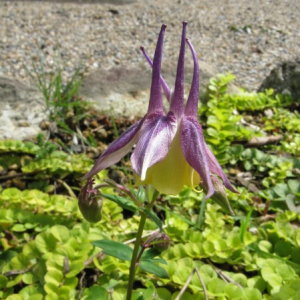
The surface of a columbine leaf is similar to that of a cabbage.
Nasturtium
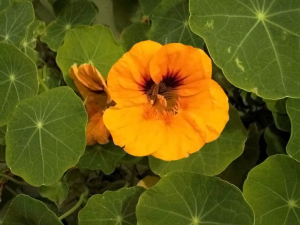
The leaves of this flowering plant are superhydrophobic and almost flat.
Superhydrophobicity due to hairs
Plant hairs (known as trichomes) can form the roughness that generates superhydrophobicity. Plants using this form a different group to those involving waxes.
Lady’s Mantle
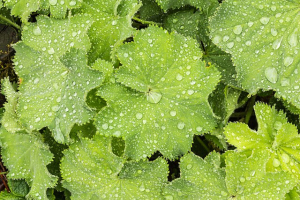
Dew forms on the leaves of lady’s mantle, rolling easily down to the central part of the leaf. These drops often last long into the day.
Euphorbia
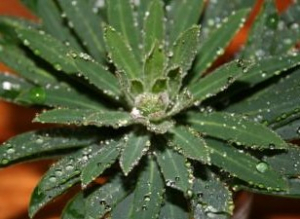
Some of these garden plants are superhydrophobic. The leaves funnel water to their centre, which spills down to their roots.
Superhydrophilicity – pitcher plants
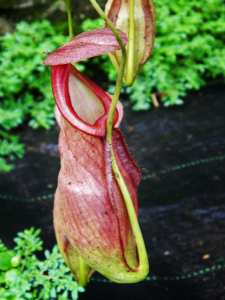
The inside surfaces of pitchers of Nepenthes and Heliamphora nutans pitcher plants are superhydrophilic. This means that they are very slippery when wet, which stops insects from escaping.
Creation of a breathable waterproof membrane – Symbiotic lichens
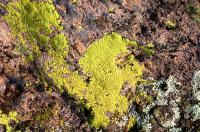
Another example of where the plant world uses hydrophobicity to its advantage is that of lichens. Lichens use a combination of hydrophobic compounds, multi-layered roughness and gas channels to produce the biological equivalent of a breathable waterproof coat.
